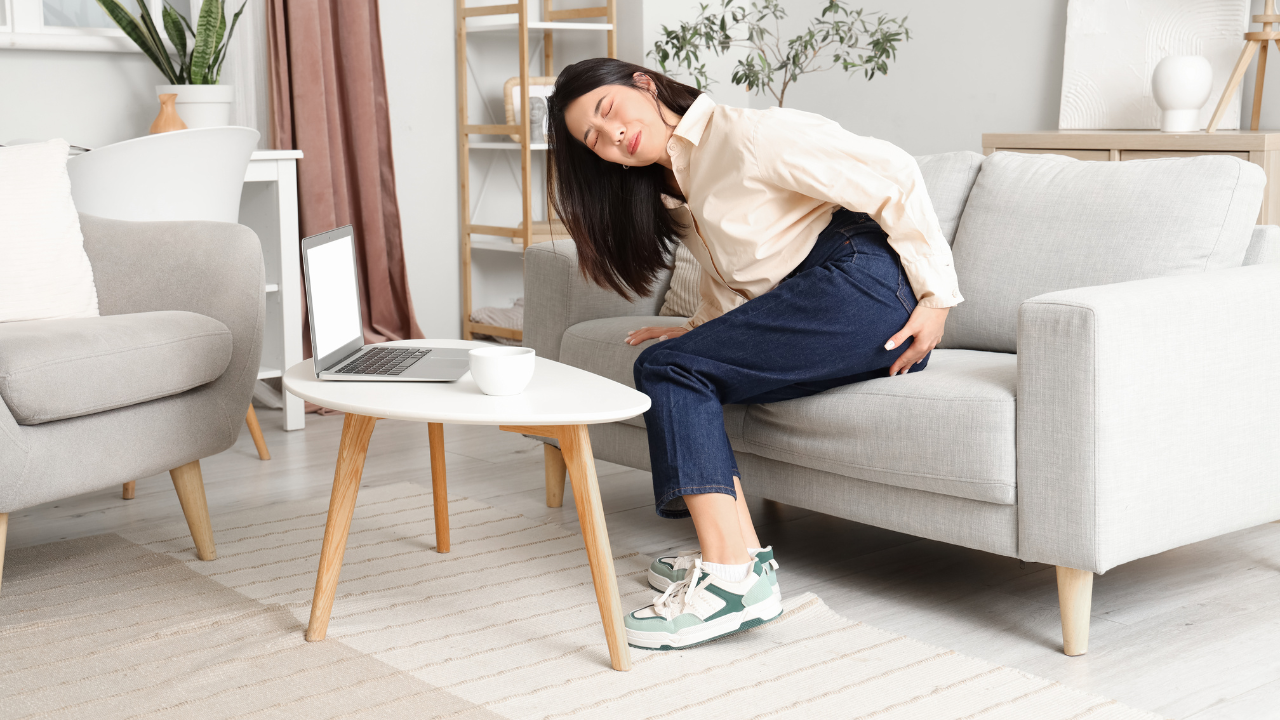
ARE YOU AT THE RISK OF DEAD BUTT SYNDROME?
The name of this medical condition might not sound as serious as it clearly means a sluggish rear body in a person. However, it is just another name for the serious condition known as gluteal amnesia, which results from prolonged sitting, inactivity and sedentary lifestyle. One must know how sitting for too long can make the gluteal muscles forget how to function correctly, affecting the body’s alignment and triggering other health problems. Here are some insights and prevention techniques to combat this issue, relevant to both sedentary individuals and those who exercise regularly.
Prolonged sitting at work or home is linked to several health risks, including depression, poor dietary habits, and cardiovascular disease. One lesser-known but significant condition tied to inactivity is dead butt syndrome, or gluteal amnesia. Our bodies aren't designed to be seated for long periods of time. When people spend hours each day sitting, it can cause problems with muscle function and body alignment, leading to dead butt syndrome.
The issue arises from a tug of war between the hip flexors and gluteal muscles. Hip flexors tighten while gluteal muscles lengthen due to prolonged sedentary behavior, resulting in inefficient muscle activation. Both muscles need to shorten and lengthen in an opposing fashion but this balance is disturbed when the range of motion is restricted. Consequently, other muscles have to work harder to compensate.
READ ALSO: What happens when you walk only on the weekends
Despite the term "dead butt," the muscles aren't actually dead. Your muscles are still there. It's more that they're not activating efficiently. This deconditioning happens quickly but takes much longer to reverse through exercise and movement.
More than just a localized issue, dead butt syndrome can manifest symptoms elsewhere in the body. The interconnectedness of muscles means that tight hip flexors can lead to back pain, while weak glutes can cause balance problems as well as knee and foot pain. Everything is connected with the wide-ranging impact of inactive gluteal muscles.
READ ALSO: 5 bodyweight exercises that build muscle without equipment
Even physically active individuals, such as dancers and athletes, are not immune to dead butt syndrome. Despite high levels of activity, they might still fail to activate the correct muscles. Therefore, it is necessary to incorporate physical activities like squats and leg lifts into workout routines while ensuring proper body mechanics to avoid this condition.
Prevention of dead butt syndrome can be simple. Set a timer on your phone to remind you to get up and move every hour. Walking around or climbing a flight of stairs is one such bodily movement that can be effective. For those who are desk-bound or sit in cars for long periods, regular glute squeezes and hamstring stretches while seated can help. Such movements help lengthen tight areas, stimulate blood flow, and "wake up" a "dead butt."
Dead butt syndrome is no laughing matter. The fact that it takes longer to cure than to develop highlights the importance of regular movement and proper muscle activation. Incorporating small adjustments in daily routines, such as hourly movements and specific exercises, can make a significant difference in maintaining muscle function and overall body alignment.